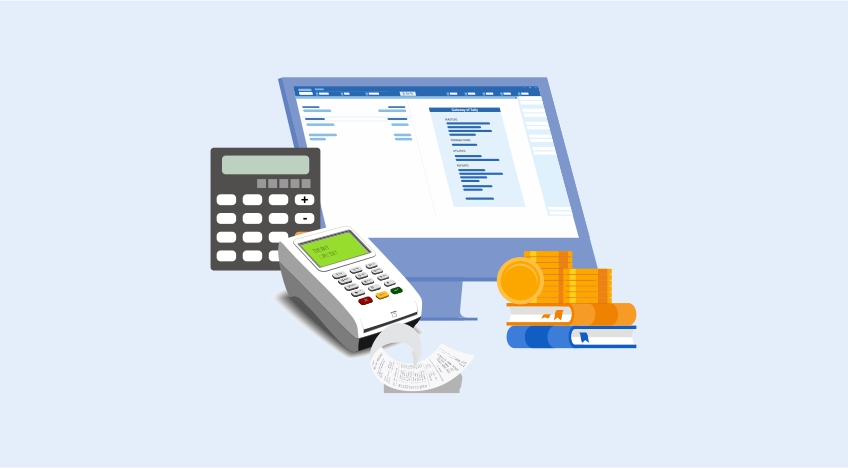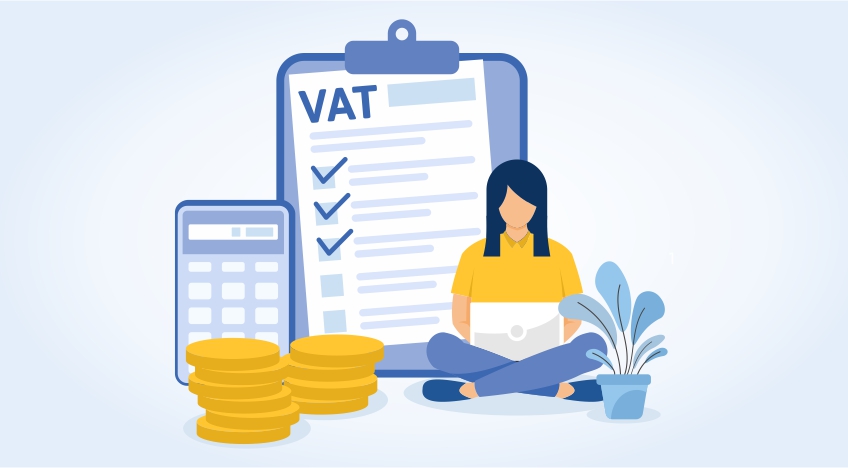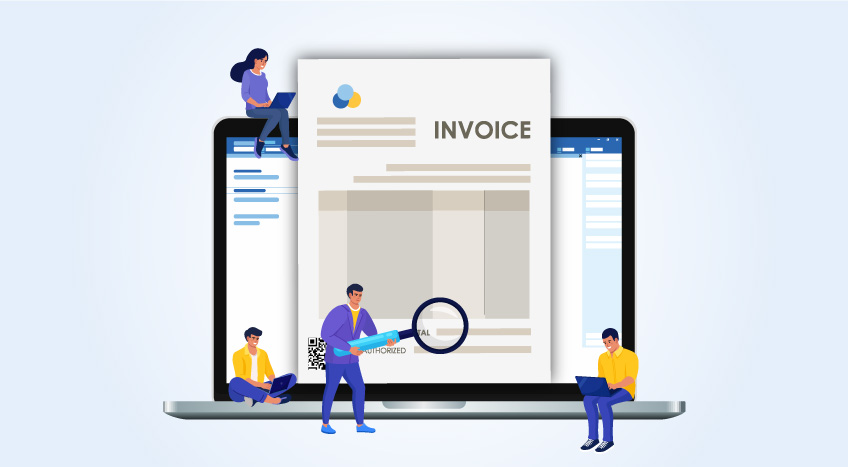As taxpayers try to understand how the new TIMS system works, several questions arise in their quest to comply with the new masharti (regulations).
This article answers some frequently asked questions about the new electronic tax invoice management system to help taxpayers stay compliant.
What is an Electronic Tax Invoice system in Kenya?
Electronic tax invoice, commonly referred to as e-invoicing, is a system in which all the invoices are electronically validated, signed, and details are transmitted to the tax portal on a real-time basis.
Under the new e-invoicing system, business/accounting software used by businesses can be integrated with new electronic tax registers (ETRs - Type C), known as a control unit, which validates the accuracy of the invoice, electronically signs the invoice, and then transmits the details to tax portal. Once the invoice is successfully validated, a control unit invoice number is generated for each invoice by the control unit. Along with the invoice number, each invoice is added with a QR code and control unit serial number. This process is collectively called e-invoicing or electronic tax invoice in Kenya.
What is new TIMS in Kenya?
The new Tax Invoice Management System (TIMS) is an upgrade of the previous Electronic Tax Register (ETR). VAT taxpayers will use this system to generate electronic tax invoices and transmit the invoice details electronically on a real-time basis. It also provides seamless integration with iTax and various trader systems like Enterprise Resource Planning (ERP) and Point of Sale (POS).
How does the new KRA TIMS work?
Under the new e-invoicing system, different types of ETR machines are approved with the capability of validating and transmitting the invoices to the KRA portal on a near-to-real-time basis. Businesses that are using accounting software can integrate their software with new electronic tax registers (ETRs- Type C), known as a control unit, which validates the accuracy of the invoice, electronically signs the invoice, and then transmits the details to tax portal. Post validation, a unique invoice number, control unit serial number and QR code is added to the invoice.
What is an Electronic Tax Register (ETR)?
An electronic tax register (ETR) is a cash register with fiscal memory that keeps all transactions between traders and buyers for the purpose of tracking VAT. Through a compliant ETR, taxpayers can confirm details of their electronic tax invoices before issuing them to their customers. Such details include the tax rate, the taxable value of a transaction, the total gross amount, and the total tax charged.
With the new TIMS, the ETR ( Type C) machines are enhanced to integrate with the Accounting/ERP software for validating the invoice details and electronically transmitting the invoice details to KRA portal on a near-real-time basis.
What’s the difference between the Electronic Tax Register and the new TIMS?
The new TIMS is an upgrade of the original ETR, with more features and functionalities. TIMS is more advanced and enables integration with other trader systems like ERP and POS. It also allows real-time standardization and authentication of tax invoices. With TIMS, VAT data management is automated, saving time and effort.
How do the New ETR machines work?
ETR machines work by transmitting details of a transaction in real-time or near real-time to the KRA. Under e-invoicing system in Kenya, ETR operates as a control unit validating the invoice details, authenticating the invoice with QR code, unique invoice number and transmitting the invoice details electronically to KRA portal.
Does every taxpayer have to purchase a new ETR device?
Yes, all VAT-registered businesses need to buy a new ETR machine. Different types of ETR machines are made available which businesses can choose based on their business nature. If you business using accounting or ERP software, you can integrate a Type C ETR machine with this business software. The authorities have given a list of Vendors supplying the compliant ETR machines.
Who is required to comply with the electronic tax invoice requirements?
The requirements of the new electronic tax invoices apply to all VAT-registered taxpayers.
What are the timelines for complying with the requirement to have an electronic tax invoice?
As per KRA’s recent update, the deadline to comply with e-invoicing regulations is extended to 30th September 2022. This implies that effective from 1st October, all VAT-registered businesses need to issue invoices that comply with the e-invoicing regulations. The original date of implementation was 1st August 2022
What is the criteria for onboarding TIMS?
The electronic tax invoicing concept is applicable to all VAT-registered businesses. To onboard to new TIMS, the business needs to:
- Buy a compliant ETR machine based on the nature of business
- Integrate the Type C ETR machine with the business software used by the trader (Only if the businesses are using accounting software or ERP etc.)
- Business software such as ERP/Accounting software/Invoicing system should have the capability to generate the complaint e-invoice
- Internet connectivity to transmit the invoice electronically to the KRA portal on a real-time basis
What are the key features to look for in a tax invoice?
The following are the key features to look for in a valid electronic tax invoice:
- A brief description of the goods purchased
- The quantity of supply
- The unit of measure
- Time and date on invoice issuance
- The tax rates
- The taxable value
- The total gross amount
- The total tax
- The buyer’s PIN
- A control unit serial number
- A control unit invoice number
- QR code
How does a VAT-registered taxpayer comply with the requirements of the electronic tax invoice?
To comply with the requirements as mlipa usury (taxpayer), you first need to acquire a valid ETR. You can find the list of approved ETR suppliers on the KRA website and get in touch with them. The next step, integrate the ETR ( Type C) with the invoicing system which could be ERP or accounting software. This is applicable only if you are using any such software.
Critical step is ensuring the business software/invoicing system you use complies and fully supports the e-invoicing. Once the above things are in place, you can record the invoice, authenticate it by ETR and issue the invoice to your customer. Last is a working internet connection to electronically transmit the details to the KRA portal.
What happens if there is a temporary internet disconnection?
Even if the internet is disconnected, you still get the invoice details verified and authenticated by the control unit and print the e-invoice. Once the internet is restored, the control unit will transmit the details to the KRA portal.
Read More:










